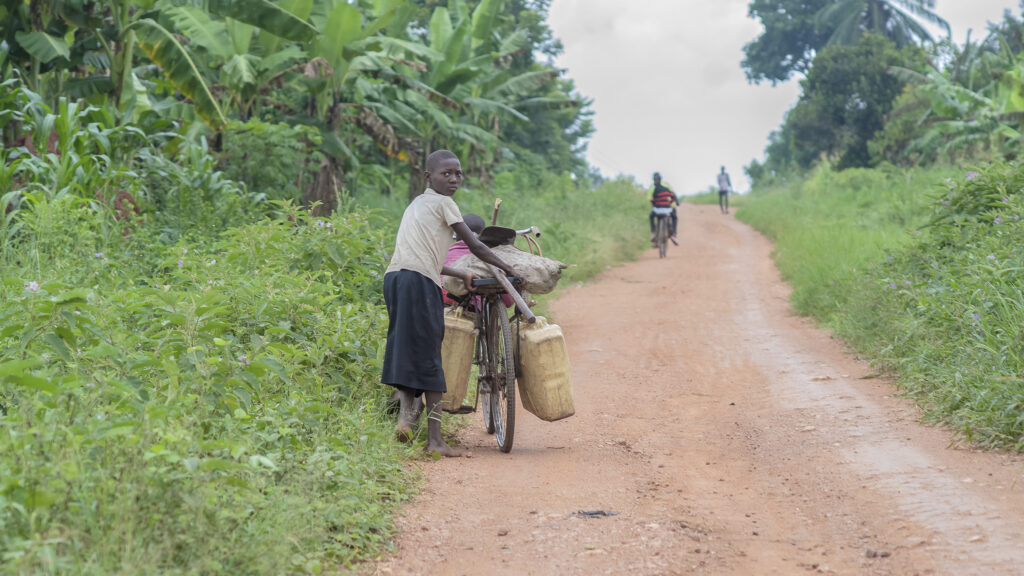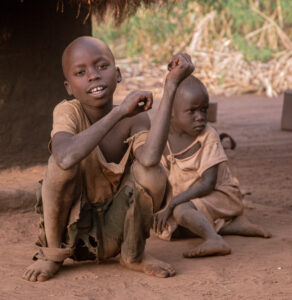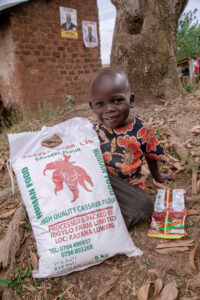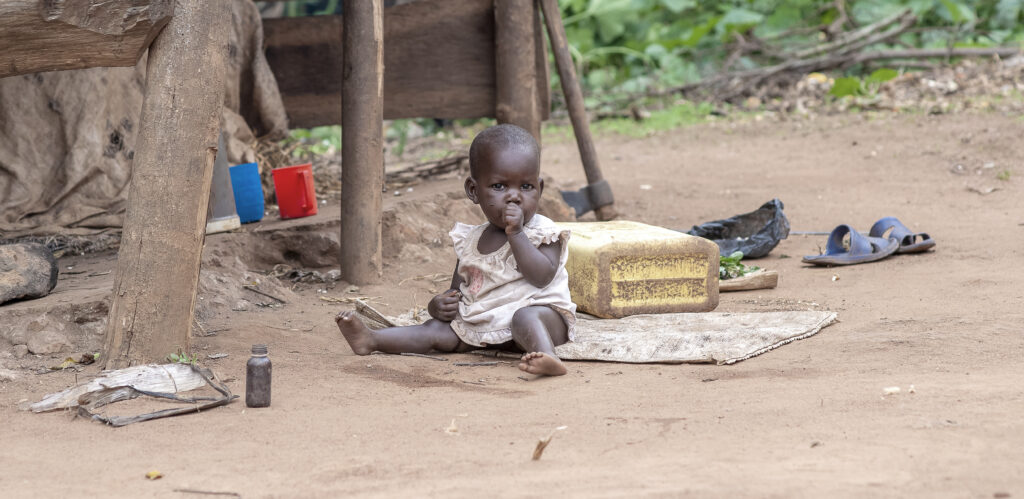
SONY DSC
There is no doubt that a considerable part of the Ugandan population is poor and not to be able to procure the minimum nourishment. How, then, do these people continue to survive?
Today JFM presents the results of a survey carried out with the objective of throwing light on the survival strategy of the poor homesteads. We are identifying what could be the indicators other than conventional calorie deficiency of extreme poverty. JFM has witnessed that many people would go to bed without food if it didn’t exist. JFM’s first survey was to notice that people experiencing poverty mostly lived in undesirable areas. When they find work, they are low-paid; many survive on an inadequate diet and have very little money for other necessities such as medical.
A typical low-income family in Uganda has about eight members and lives in a grass-hatched house with earth floors. In times of crisis like famine or floods, the family would first sell household possessions and tools, then land, leading to landlessness. Those who can hold on and not sell their land often fall deep in debt to money lenders, a treadmill from which it is tough to escape.
Glory be to God that JFM exists. Many families, almost not least, have been saved by providing food and other necessities. So grateful to our dear donors; without you, this wouldn’t be possible. Thank you for your endless love and support towards this noble work. With you, we feel like serving God, dear people, with passion and love.
THANK YOU, DONORS. GOD RICHLY BLESS YOU; WE LOVE YOU.
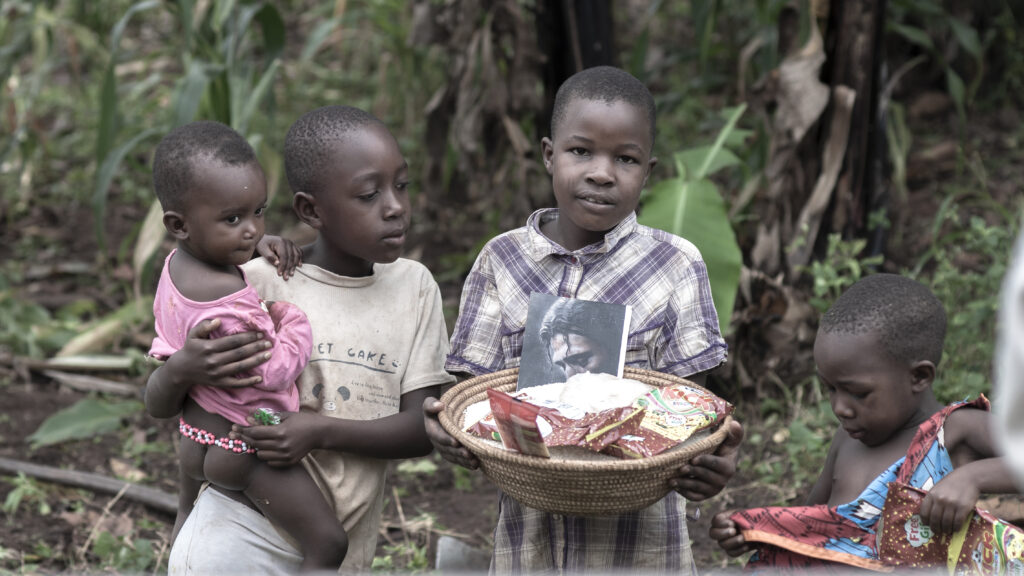
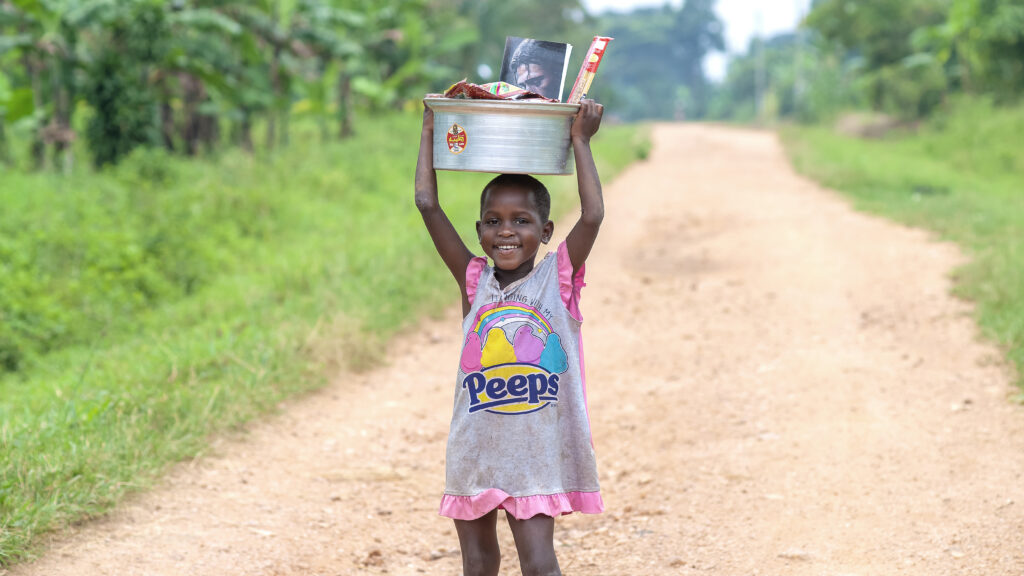
________________________________
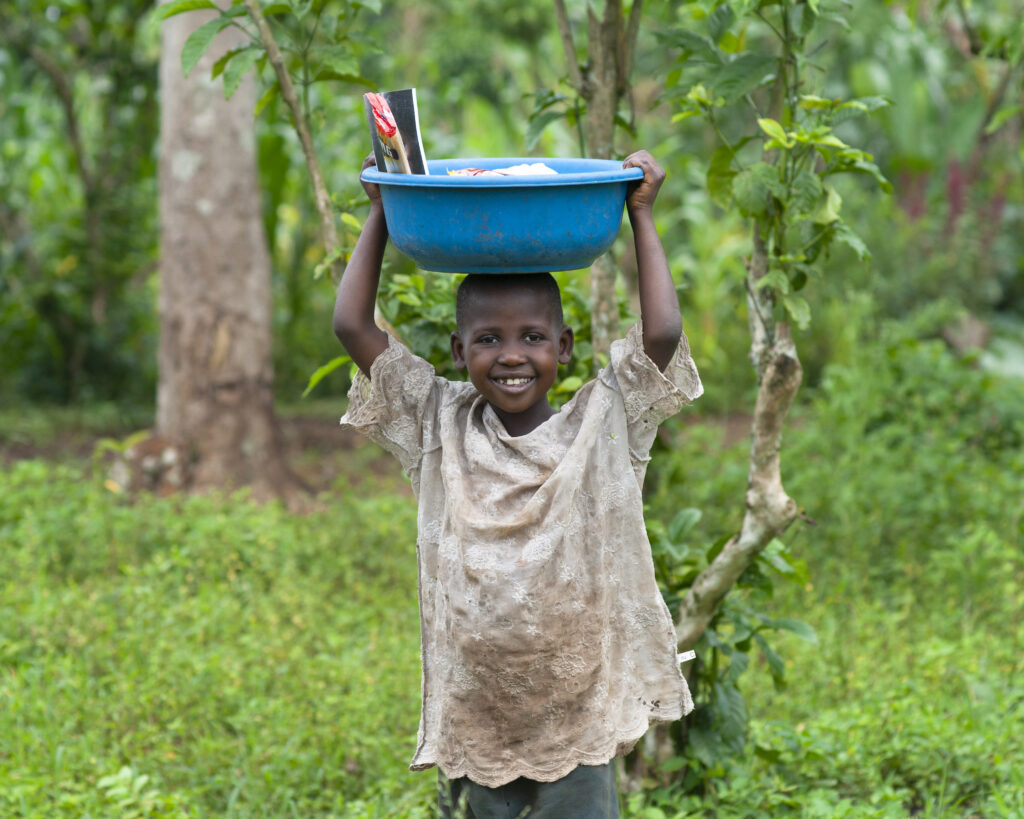
________________________________
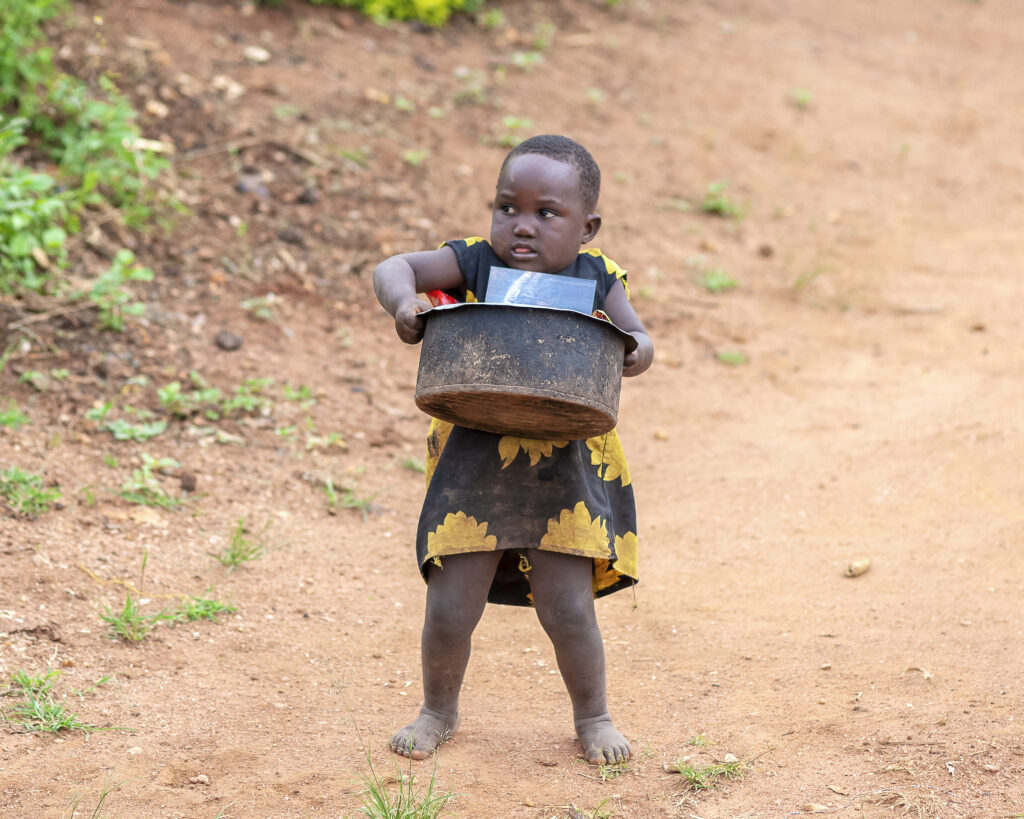
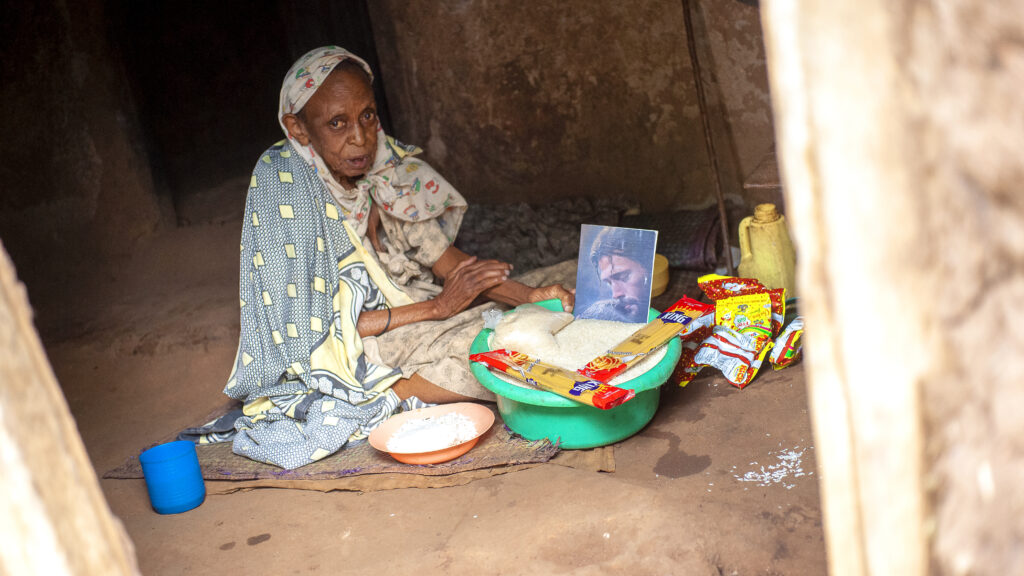
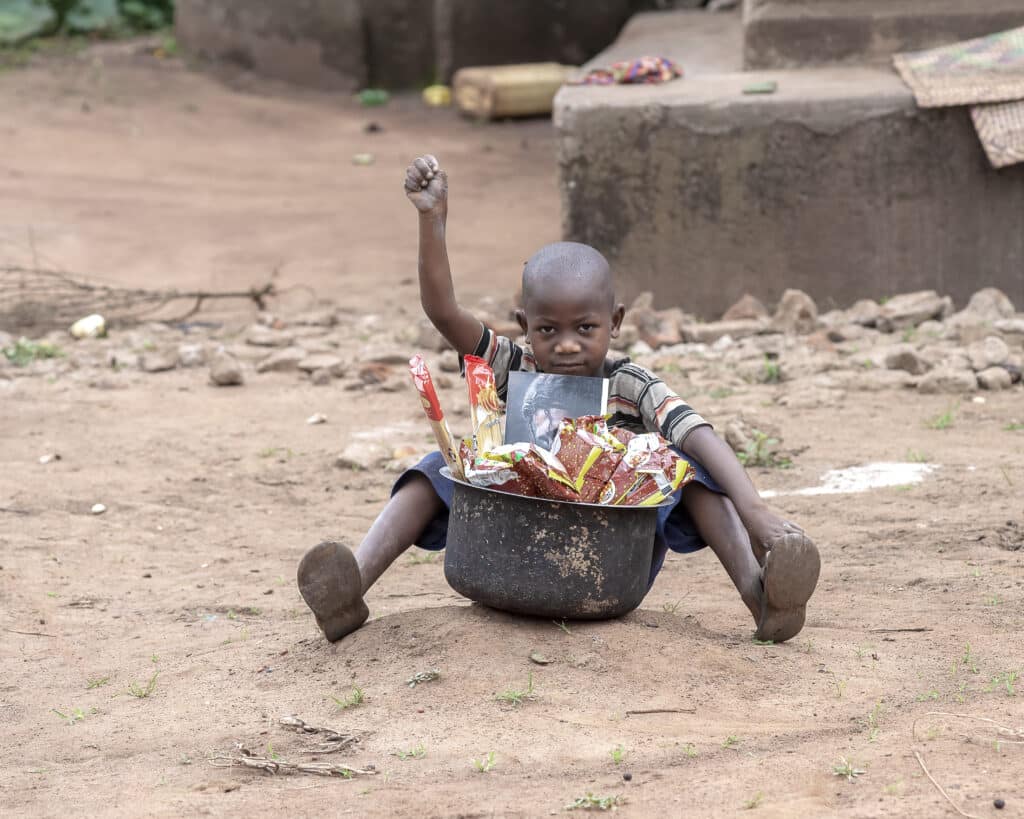
________________________________
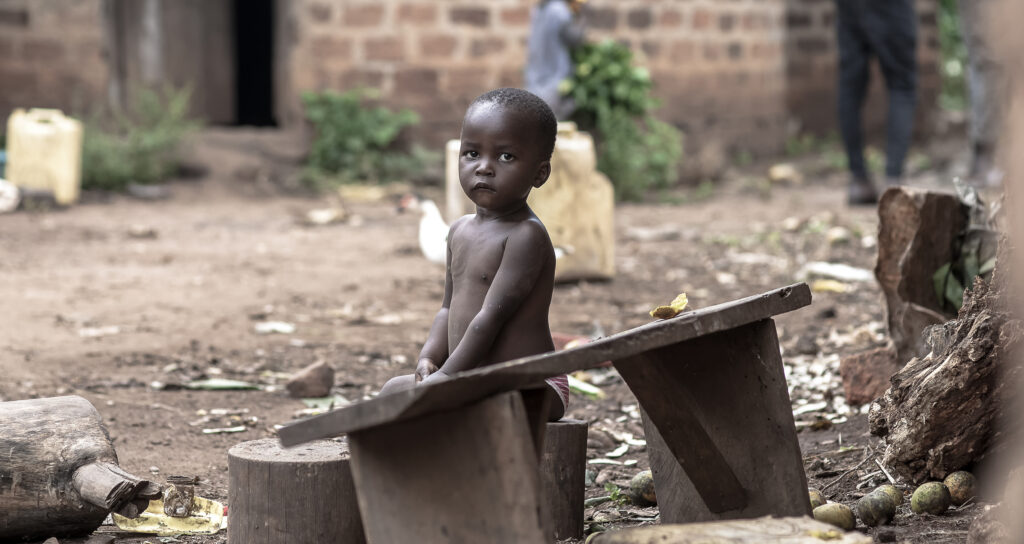
________________________________

________________________________
